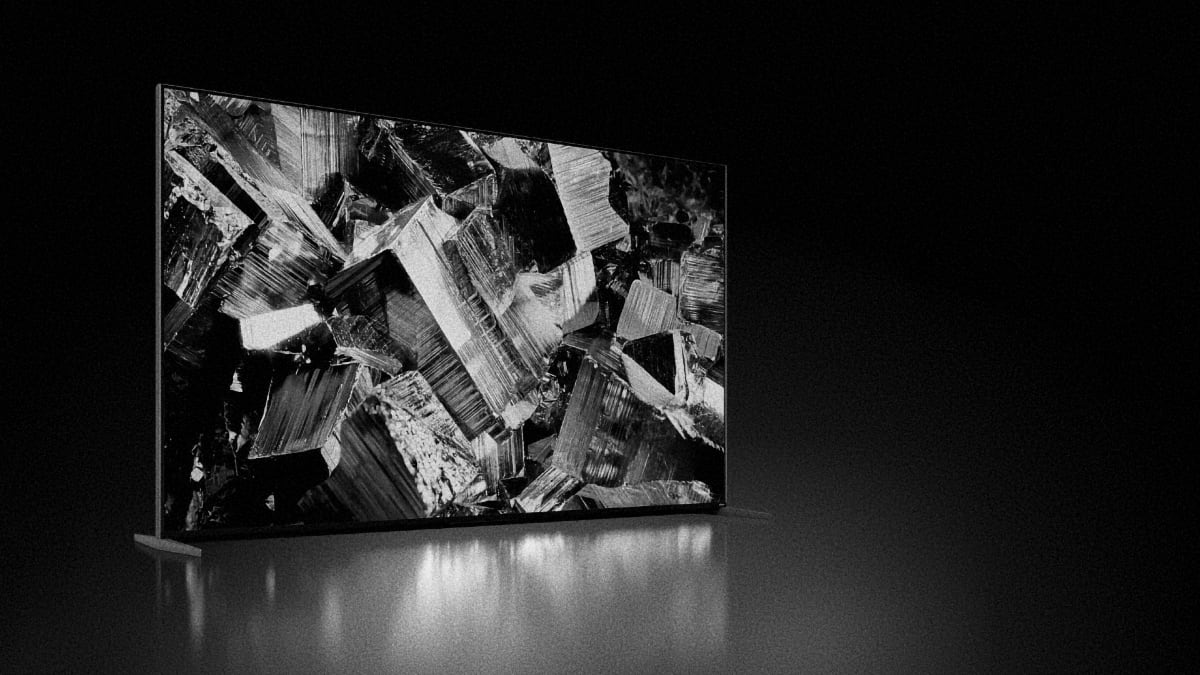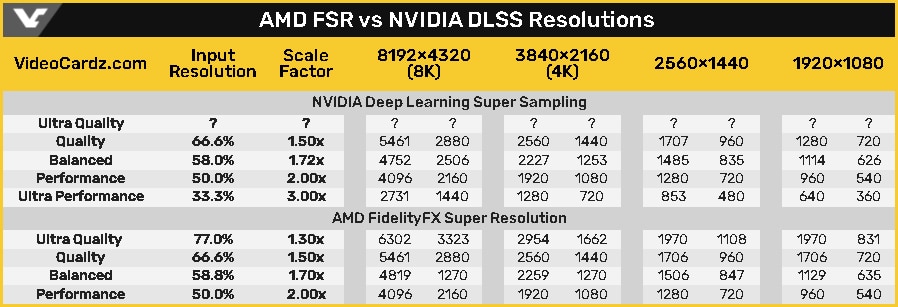Quoting myself for 3rd-4th time, so sorry if this is repetitive to anyone:
When MicroLED and QDEL become a thing; and assuming they take the modular approach by joining lots of fine-tolerance, bezel-less mini panels under a monolithic flexible glass substrate. I could see them using just a few different mini panel ["wafer"] sizes for better production efficiency. With larger displays simply having an 8K default as consequence. All displays could take all inputs up to 8K and just use high quality scaling where applicable.
For eg.
5.2" 216p Wafers
26" | 1080p via 5 x 5 @ 384x216p 5.2"
52" | 2160p via 10 x 10 @ 384x216p 5.2"
104" | 4320p via 20 x 20 @ 384x216p 5.2"
6.4" 216p Wafers
32" | 1080p via 5 x 5 @ 384x216p 6.4"
64" | 2160p via 10 x 10 @ 384x216p 6.4"
128" | 4320p via 20 x 20 @ 384x216p 6.4"
8.0" 432p Wafers
40" | 2160p via 5 x 5 @ 768x432p 8.0"
80" | 4320p via 10 x 10 @ 768x432p 8.0"
160" | 'Commercial' 8640p via 20 x 20 @ 768x432p 8.0"
That way the cost per inch won't rise as exponentially (though the chassis/additional electronics/shipping/packaging will still add a small premium) and the scaling of pixels relative to screen size would be more linear. Plus, just creating 2-3 smaller "wafers" would be very economical rather than a bunch of different large screen sizes with different pixel densities. If your image scaling is good enough you could theoretically reduce it down to just 1 or 2 wafer sizes/densities and use intermediate resolutions.
...
I think 8K will happen eventually and be the end of the line for conventional consumer displays as it's more than enough overkill to ensure perfection on the resolution front. [Of course, VR is a different kettle of fish and likely needs 12K+.]
The next two steps after that (or better, alongside that..) is extreme brightness output + Black Frame Insertion (BFI) to to maximise motion resolution and clarity. 4K only has ~600 lines of motion resolution, whereas 4x BFI will bring that back up to the full 2160 lines. But 4x BFI cuts light output to 25% and causes perceived flicker. So you'd need a display that' 4x brighter to offset it. Til we get there, 2x BFI + 2x Brightness would be a good goal to get motion resolution up past 1200 lines.
I've touched in this before, but another thing I'd really like to see is a move to more primaries. RGB + BT.2020 can only represent ~70% of human vision and you have to move beyond the 3 points on the triangle that represents that colour space to get anything more.
https://6pcolor.com/frequently-asked-questions-6p-color-fcr/ ...4, 6 or 9 Primaries would significantly expand the colour space.
Endgame conventional TV display for me is something like this:
104" QD-EL or QD-UV MicroLED (20x20 5.2" Bezelless Modules Under Glass Substrate / Moth-Eye or IMMF Anti-Reflection / 5000R Curve)
8K Ultra-HD Resolution @ 7680 X 4320p
960Hz Refresh Rate + VRR & LFC
Up to 4x Black Frame Insertion
12-16K Nits Peak Brightness (3-4K in 4x BFI)
3-4K Nits Full Screen Brightness (750-1K in 4x BFI)
2D @ 8Kx4K & 3D @ 4Kx4K (via Eye-Tracking Autostereoscopy or Film-type Pattern Retarder + Optional Passive Glasses)
9 Primaries covering 99.5% of the CIE 1931 XY Space / Human Vision Colour Perception
11.5-12-Bit Native Panel
Executed well this'd effectively exceed every aspect of human vision at a standard viewing distance. It's the perfect, endgame TV.







